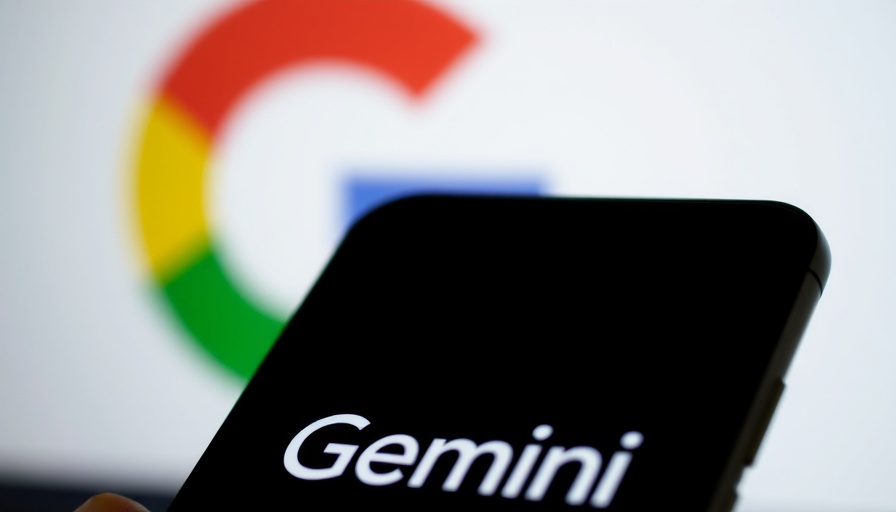
Why AI Shopping Might Not Be the Future We Want
As the technology landscape rapidly evolves, the way we shop has been undeniably transformed by the internet. Yet, with the introduction of AI shopping features, many consumers, including myself, are grappling with the question of control. The recent Google I/O 2025 showcase demonstrated exciting advancements in AI, particularly its shopping features. However, the overarching concern remains: how much control will we be ceding to these systems when it comes to our wallets?
The Mixed Feelings Surrounding AI Transactions
AI shopping is not a completely novel concept. Products like Amazon's Alexa have paved the way by allowing users to make purchases via voice commands. However, this practice raises significant trust issues. The convenience of ordering without the visual confirmation of items feels risky. Often, I find myself meticulously comparing prices and features; it’s a thought process that’s hard to communicate outright but vital for making a satisfactory purchase.
Google's AI Shopping Features Raise Key Concerns
During the Google I/O keynote, features like Project Astra presented a glimpse into a future where AI aids in customer purchases, even going as far as placing orders for bike parts without clear communication about costs. Systems that operate behind the scenes might streamline the purchasing process, yet if they lack transparency about pricing and specifics, consumers could be left vulnerable.
Transparency is Key in AI Shopping
The ability to make informed spending decisions hinges on access to information. If AI systems are designed to make those choices with limited input from the user, as seen with Google’s demonstration, this breeds caution. Customers like myself deserve a clear line of sight on how their spending is being managed. The growing reliance on AI to facilitate purchasing can lead to uninformed decisions and even financial mishaps.
The Human Factor in Shopping Decisions
Shopping has always been a nuanced experience, combining emotional decision-making with logical evaluations. It’s not merely a transactional action. Instead, it involves weighing options and considering factors such as brand loyalty and product value. AI might excel in data analytics but cannot replicate the holistic approach that many consumers undertake. The trust I extend in traditional shopping, which includes examining product quality and customer service, does not seamlessly transition to AI-based systems.
What It Means for Market Trends
The trajectory of AI in shopping might suggest a more automated future, yet it highlights a pressing need for more consumer education. Market trends could very likely shift to emphasize the balance between convenience and control as consumers voice their demands for transparency and reliability. If AI fails to provide this, there may be a backlash against automated shopping tools and their adoption could stall.
Final Thoughts on AI and Consumer Trust
While it is exciting to witness innovations in technology that promise to enhance our shopping experiences, the implications of relying on AI to control our wallets cannot be ignored. As we navigate this landscape, maintaining a dialogue about consumer rights and established norms in online shopping will be crucial. For now, I will remain cautious about passing my purchasing power to an AI system that lacks transparency.
Actionable Insights For Cautious Consumers
For those who share similar reservations about handing over control to AI, consider establishing parameters. Whether through verification procedures, opting out of certain features, or utilizing traditional shopping methods alongside these technologies, maintaining your purchasing autonomy is vital. Don’t shy away from the uncomfortable questions, and demand clarity whenever technology intervenes in your wallet.
 Add Row
Add Row  Add
Add 




 Add Row
Add Row  Add
Add 

Write A Comment